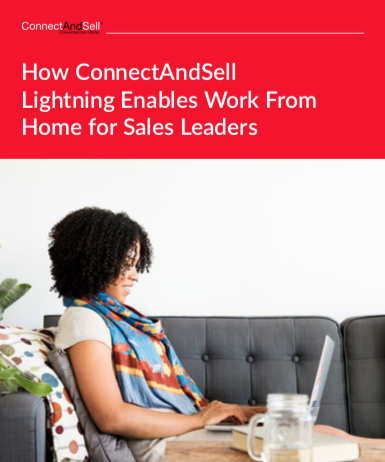
Part 1: Justice is Blind (Sort of). But Business?
Businesses have never really known their customers. Salespeople have. And salespeople are, by and large, rather autonomous. They keep what they know to themselves.
Surveys can only tell you so much, and almost nothing about your prospects. Focus groups aren’t much better. Sales conversations on the other hand — those are a source of deep insight into everything from customer needs, product-market fit, and what competitors are doing.
And companies consistently, almost willfully, throw all this information into the garbage. Actually, worse than that, this information is willfully ignored and replaced with a black hole called “email marketing.” The idea is that we will “precisely” deluge suspected future customers with one-way communications and get our “market signals” back from the Open, Read, and Respond statistics.
This is like a single person saying they are going to post their picture and description, including some choice lies, at every bar in town (maybe in the bathroom?) and assess the suitability of their future partner by whether they respond on some social medium or other.
A galloping herd — or not?
Let’s face it: one-way communication is, well, one-way. B2C companies are pretty much stuck with one-way communication through advertising and an occasional focus group, augmented today by social media. It’s challenging, but consumers tend to run in good-sized herds, and successful hunting doesn’t depend on what an individual animal is thinking.
B2B is a different animal entirely. This is increasingly true as companies rediscover the joys of selling to targeted businesses. (This ancient practice has been combined with digital tricks and rebranded as Account Based Marketing, which makes it very cool and the thing to do — amazingly, a fad that makes a fair amount of sense!)
When you don’t know as much as your competitor regarding a single account, you will generally lose rather than win that business. There is no herd — just a bunch of individuals — and it is not mathematically possible to out-compete your competitors for access to those individuals from a position of inferior information. All public information is, by definition, of zero competitive advantage. Therefore, all information available on the internet is, by definition, of zero competitive advantage. Perhaps net neutrality will someday be torn down to the point where only some companies get to see what’s happening out there on the net, but for the moment, the public information playing field is as flat as the pancake you will resemble after your heaviest competitor runs you over a couple of times.
I’ll have an Old Fashioned — with a twist
That leaves private information. But how can you get it? There are a few old-fashioned ways that work but have some scaling challenges. You can deploy sales reps to meet face-to-face with as many of the right people as possible per day — obviously, all within the rep’s accessible geography. Those meetings will surely produce private information of competitive value. Not bad — except for three factors:
- You better be selling something with a pretty high lifetime value and have the financial wherewithal to survive to reap that value.
- Your target market segments need to map onto geographically accessible clusters.
- Those meetings need to be created somehow, a process that almost always involves a phone conversation for a simple reason: knocking on doors to get first conversations is fundamentally time-expensive. Then again, so is getting a decision-maker on the phone.
Is there a more efficient way? You know there is! Let’s meet back here to talk about details in Part 2. Stay tuned!

